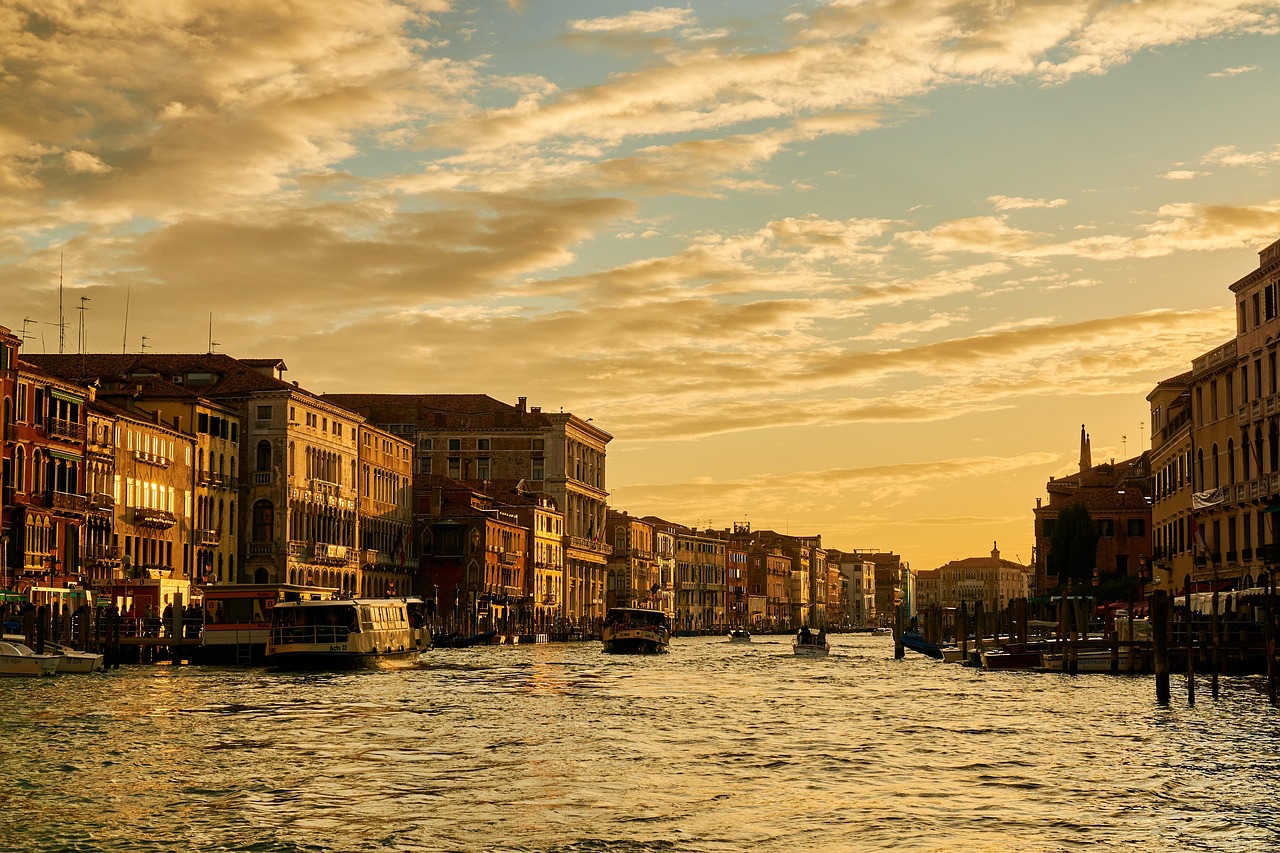The Renaissance of Canal Cruising: An Unforgettable Travel Experience
Immerse yourself in the allure of canal cruising, a distinctive way to explore the world that has been experiencing a remarkable resurgence in recent years. Combining the beauty of leisurely travel with the thrill of exploration, this form of travel is a testament to the enduring spirit of adventure.

The Intriguing History of Canal Cruising
Tracing its roots back to the 17th-century Europe, canal cruising has always offered a unique perspective on the world. Historically, canals were constructed for trade and transportation, linking cities, and even countries, with their intricate network. Over time, these canals began to draw leisure travelers, offering an unrushed and picturesque journey through some of the most beautiful landscapes in the world.
The Resurgence of Canal Cruising
In recent years, canal cruising has made a comeback, as travelers yearn for less conventional and more immersive experiences. With the rise of mass tourism and the ubiquity of cruise liners, canal cruises offer a refreshing alternative, enabling travelers to delve deeper into the heart of a destination and its culture.
The Allure of Canal Cruising
Canal cruising presents numerous advantages that are increasingly appealing to today’s travelers. It provides a slower, more relaxed pace of travel, allowing visitors to engage more fully with their surroundings. It also promotes a more intimate, personalized experience, with smaller passenger numbers and a focus on local culture and immersive experiences.
The Challenges and Impact of Canal Cruising
However, canal cruising is not without its challenges. The very factors that make it appealing—its slow pace and small scale—also limit its accessibility and capacity. Additionally, the maintenance of these historic waterways is a complex and costly endeavor.
Yet, the impact of canal cruising on travelers is profound. It affords them not only a unique mode of transportation but also a transformative experience, fostering an appreciation for the journey as much as the destination.
The Future of Canal Cruising
Despite these challenges, the future of canal cruising looks promising. With continued efforts to preserve and maintain these historic waterways, coupled with growing traveler interest, canal cruising is poised to remain a beloved form of travel.
Curiosities from the Canal World
- The Canal du Midi in France is one of the oldest canals in the world still in operation.
- The Netherlands has more than 100 canals, earning Amsterdam the nickname ‘Venice of the North’.
- The Grand Canal in China is the longest canal in the world, stretching over 1,776 km.
- The Panama Canal, one of the most famous canals globally, took ten years to construct and was completed in 1914.
In conclusion, canal cruising embodies a travel style that is both timeless and contemporary. It captures the essence of slow, immersive travel while offering an alternative, off-the-beaten-path experience. As we look to the future, one thing is certain: canal cruising will continue to enchant travelers, reminding us of the joy of journeying at a leisurely pace, and the magic that lies in the world’s quieter corners.
